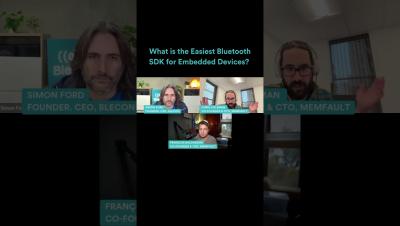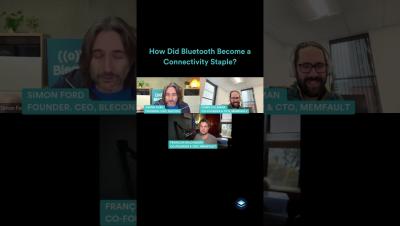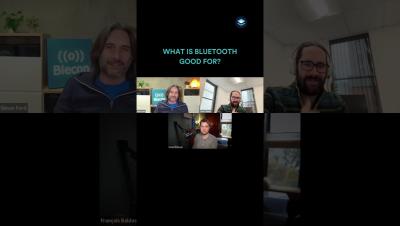What Data Should be Monitored From Bluetooth Devices in the Field?
Building a Bluetooth-enabled IoT device? Here’s a pro tip: monitor what you can’t see. Blecon’s Simon Ford explains how hidden issues—like high retry rates in Bluetooth communication—may not trigger alerts but can reveal critical insights about your device’s true performance.











